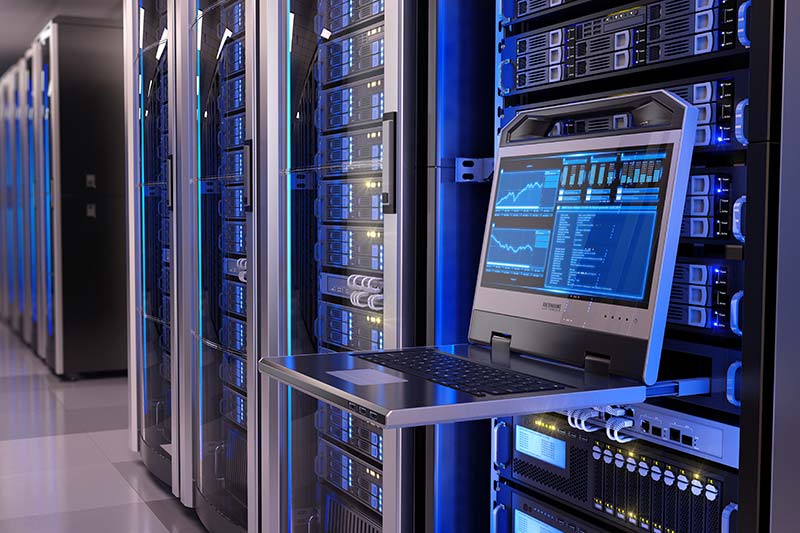Robotics News
ABB software increases industrial robot speed 70%
ABB Robotics has launched its High Speed Alignment software that enables users to increase the speed of 6-axis robots by 70% and accuracy by 50%, reducing time-to-market while increasing accuracy levels. The software is compatible with ABB’s IRB 1100 and IRB 120...
Report: 5 Reasons US Government Agencies Should Increase HPC Investment
A new Hyperion Research opinion paper, sponsored by Dell Technologies and AMD, recommends that the US government increase its investment in high-performance computing (HPC), also known as supercomputing. The paper, titled “To Out-compute is to Out-compete: Competitive...
Google researchers teach robots to learn by watching
Roboticists usually teach robots new tasks by remotely operating them through performing a task. The robot then imitates the demonstration until it can perform the task on its own. The post Google researchers teach robots to learn by watching appeared first on The...
Quantum Organization Collab Reports Achievement for Neutral Atom Quantum Computing
ColdQuanta, Riverlane and the University of Wisconsin–Madison announced they have successfully run a quantum algorithm on a cold atom qubit array system, codenamed “AQuA,” an industry first that brings quantum computing one step closer to real world applications. The...
GIST researchers teach robots to identify partially hidden objects
A research team at the Gwangju Institute of Science and Technology (GIST) in Korea created a method to allow artificial intelligence (AI) vision systems to better identify objects that are cluttered together and may not be entirely visible. The post GIST researchers...
Building a Silicon Quantum Computer Chip Atom by Atom
A University of Melbourne-led team has perfected a technique for embedding single atoms in a silicon wafer one-by-one. Their technology offers the potential to make quantum computers using the same methods that have given us cheap and reliable conventional devices...
Reflecting on the 25th Anniversary of ASCI Red and Continuing Themes for Our Heterogenous Future
In 1997, ASCI Red appeared on the Top500 as the first teraflops machine in history. It held that spot for seven lists, a record that remains unbroken decades later. Using thousands of Intel microprocessors, it offered additional evidence that massively parallel...
University of Vienna Researchers Demonstrate Quantum Processor With Photonic Circuits
In recent years, artificial intelligence has become ubiquitous, with applications such as speech interpretation, image recognition, medical diagnosis, and many more. At the same time, quantum technology has been proven capable of computational power well beyond the...
Stanford engineers enable simple cameras to see in 3D
Standard image sensors, like the billion or so already installed in practically every smartphone in use today, capture light intensity and color. Relying on common, off-the-shelf sensor technology – known as CMOS – these cameras have grown smaller and more powerful by...
Argonne Talks AI Accelerators for Covid Research
As the pandemic swept across the world, virtually every research supercomputer lit up to support Covid-19 investigations. But even as the world transformed, the fairly stable status quo of simulation-based scientific computing was itself beginning to more rapidly...
CERN’s LHC Experiments Increase Use of GPUs to Improve Computing Infrastructure
Analyzing as many as one billion proton collisions per second or tens of thousands of very complex lead collisions is not an easy job for a traditional computer farm. With the latest upgrades of the LHC experiments due to come into action next year, their demand for...
Supercomputing, Paper Cutting Underpin Stretchable Electronics Research
Some wearable electronics—like sensors sewn into fabrics, or applicable “skins”—rely on the development of new, durable, stretchable electronic materials. One way to enhance the elasticity of these often-delicate materials is by introducing strategic cuts into them,...



